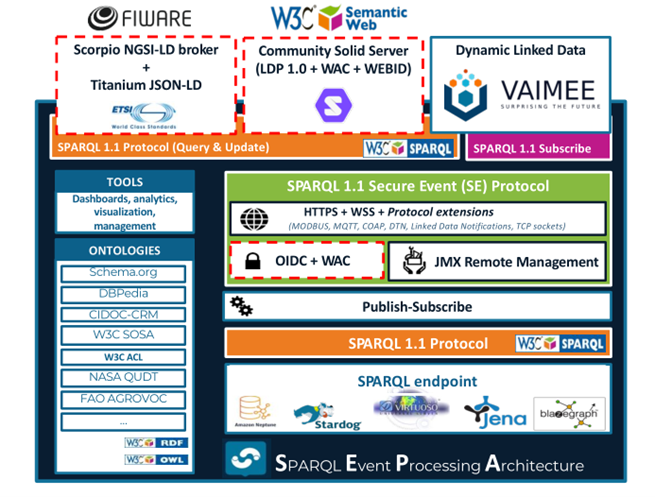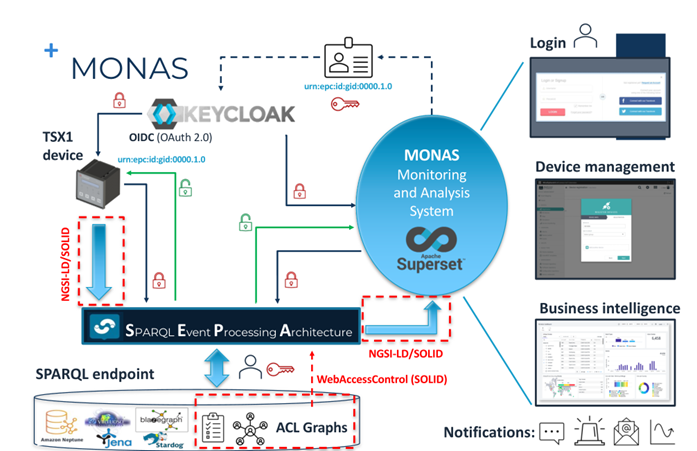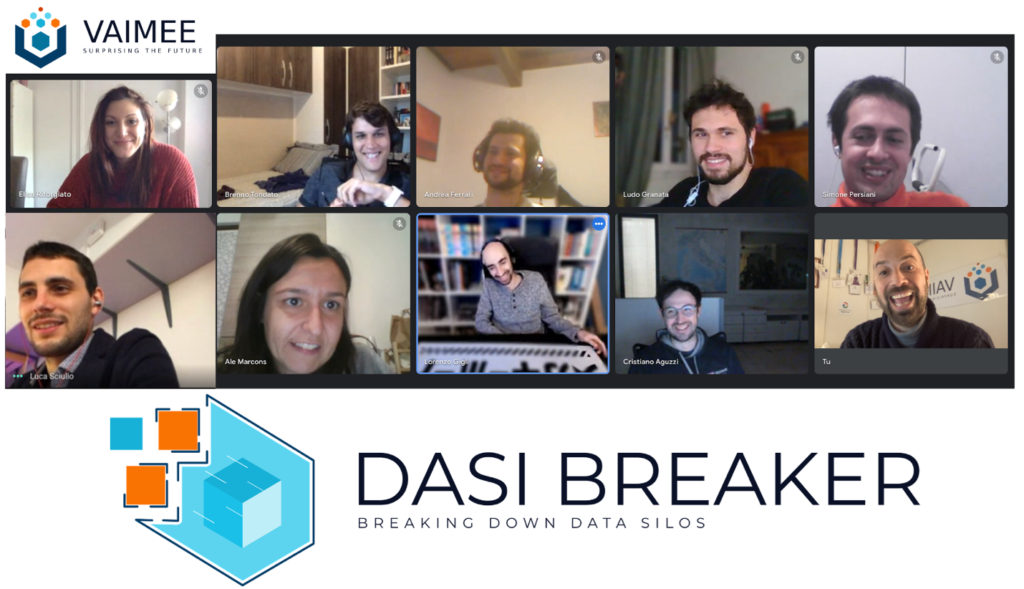by DASI Breaker team
The Challenge
Industry 4.0 requires maintenance processes to become proactive. IoT technologies enable the development of more connected and smarter solutions to optimise the processes involved in the production and delivery of products and services. Internet interconnectivity of machinery and devices has allowed for more efficient data collection. In such a context, data interoperability is essential to take advantage of the benefits coming from the use of combined real-time, contextualised and multi-channel information. Reconfigurations of production, supply chain and maintenance processes are currently pursued. Concerning the latter, DASI Breaker enables maintenance processes to shift from being reactive to being proactive. Imagine the positive extent of the shift in sectors such as industrial transformers that supply power to large buildings (e.g., industries, malls, hospitals, airports). Being able to anticipate a failure caused by a malfunction of the device could prevent the dramatic consequences of its crash.
The Solution
Rooted in the open source philosophy, DASI Breaker combines three standards to develop a technology that enables interoperability and allows developing data portability applications and services. DASI Breaker is a semantic open interoperability solution with native support for RDF and SPARQL. At low level, DASI Breaker supports OpenID Connect for client authentication and it allows defining authorization policies though the W3C Access Control List (ACL) ontology. At a higher level, an interoperable access to data is granted by open APIs like NGSI-LD, Linked Data Platform 1.0, and SOLID. DASI Breaker provides developers with a solution to support data driven applications where a user has the full control over her own data, which can be eventually shared in an interoperable way.
DAPSI support
As a start-up in its very early stage, the NGI DAPSI programme has been a big opportunity to put together a team of motivated, enthusiastic and young innovators. The programme provided the perfect balance of funding, mentoring and training. The programme is very selective and being part of it made us more confident that our ideas are cutting edge. For a start-up devoted to innovation, DAPSI offers a very comfortable environment to grow. The support provided by Sara and all the staff, both for what concerns initiatives, networking, promotion and technical contents has been very valuable. Our mentors, Farid and Yann, gave us the tools to understand and develop our business.
DAPSI journey – Achievements from first phase of the DAPSI programme

According to our goals, during phase 1 we have been able to implement on top of SEPA (i.e., VAIMEE’s core technology, https://github.com/arces-wot/SEPA), a set of APIs that would fuel the development of innovative distributed, interoperable, data-driven and context-aware Web applications and services. The most difficult part has been related to the integration of NGSI-LD on top of our solution. This is because the reference NGSI-LD implementation we adopted (i.e., Scorpio, https://github.com/ScorpioBroker/ScorpioBroker) was built on top of an SQL relational database while we needed to have a SPARQL endpoint. During the development, we contributed to the Community Solid Server (https://github.com/solid/community-server) with a PR on ACL (Access Control List) for managing a group of users that has been accepted by the SOLID GitHub maintainers. An important achievement has also been the implementation of WAC (Web Access Control) mechanism at SEPA level thus enabling ACL for SPARQL agents.
DAPSI journey – Achievements from second phase of the DAPSI programme

During the second phase of the DAPSI programme we focused on filling the gap to the realisation of the NGSI–LD layer that was not implemented in phase 1. At the end of phase 2 we achieve the full test coverage of the ScorpioBroker. Even if the implementation can be improved, this represents in our opinion a good achievement as it allows sharing NGSI-LD context data via other API like Solid or directly using SPARQL. We are planning to share the results with NEC which is the maintainer of the ScorpioBroker repository. During the second phase of the programme, we also focused on the implementation of the MVP we defined in phase 1. As already mentioned, our challenge has been to develop an MVP for the predictive maintenance of cast resin transformers. We named the system MONAS (Monitoring and Analysis System). At the same time, a lot of time was spent developing the best way to commercialise our solution and make it real. Mentoring in such a respect was a fundamental part of the program that taught us to think big. Being visionary is what we are asked to do so we decided to imagine the most positive and yet realistic scenario we could. Exploiting our partnership with the producers of components for cast resin transformers was identified as the most suitable strategy to enter the potential market. We prepared a presentation and eventually we outlined the best subscription model for our product and came up with a profitable pricing hypothesis that we were able to propose our services to actual potential clients and early adopters.
All the source code is available on GitHub: https://github.com/vaimee/dasi-breaker
Lessons learnt
During the DAPSI project we faced many difficulties from different points of view. Although having many years of experience in the subject, it was our first time as a team; it took time and effort to learn how to work together in an efficient and creative way. Most members of the team were new to online project management tools and had to keep up and learn how to perform in the best way. Finally we learn that good communication inside and outside the team is essential to achieve any goal; make sure everyone has a shared vision and clear definition of what we want to reach and how is as important as being able to effectively communicate the added value of our solution outside.
What’s next
Right after the DAPSI project, we started working on another NGI initiative, the ONTOCHAIN one. We have been selected for a 10-month grant with a project named DESMO-LD. We are right now developing an ambitious Decentralised Oracle for IoT data powered by WoT technologies. Through our system, client smart contracts and DApps API can access off-chain data produced by a network of sensors and other IoT devices. Shifting the focus to the data source side, DESMO-LD uses the W3C WoT standard as an interoperability layer. One of the primary goals of our solution is to provide a “full-stack” Decentralised Oracle that distributes both the computing part and data sources. We have also recently applied to REACH open call within F6S.


